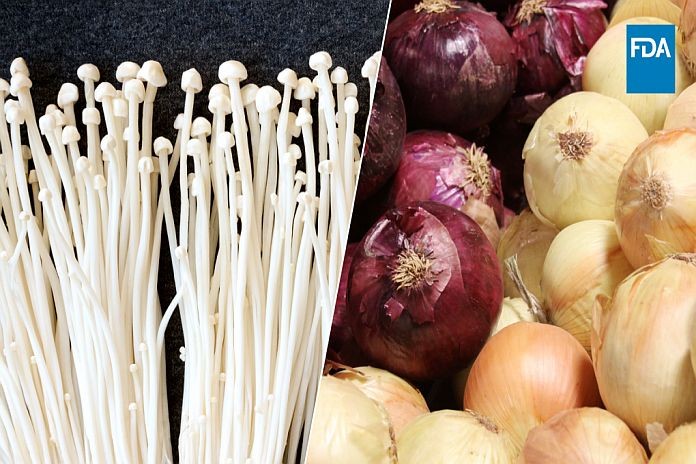By Mark Moorman, Ph.D., Director of the Office of Food Safety, and Stephen Hughes, M.S., Prevention Coordinator
Protecting consumers from foodborne illness requires both rapid response when outbreaks occur, and focused attention on preventing outbreaks from happening.

Over the last decade, following enactment of the U.S. Food and Drug Administration’s Food Safety Modernization Act (FSMA), the FDA has investigated more outbreaks and conducted more research to advance our scientific understanding of the pathogens that contaminate our food – than any other time in history. We now know more than ever about the reoccurrence of contributing factors that can cause contamination of certain foods by specific disease-causing bacteria and how all parts of the food safety system – which includes the FDA and other government agencies, state and local health departments, the food industry, and others – can work together to keep such contamination from happening.
The FDA is compiling these learnings into a series of Prevention Strategies to Enhance Food Safety that identify and target specific patterns that have emerged with certain food-hazard pairings. The strategies contain recommendations to guide the work of preventing future foodborne illnesses.
First Strategies: Onions and Imported Enoki and Wood Ear Mushrooms
The FDA recently released summaries of two such strategies – one focused on helping to prevent future incidences of salmonellosis related to bulb onions and the other focused on helping to prevent future incidences of listeriosis and salmonellosis related to imported enoki and wood ear mushrooms.
Each strategy is the result of collaborations with industry, academia, and regulatory partners to leverage our collective knowledge of the lessons we’ve learned and to brainstorm strategies for public health interventions that can advance food safety. These strategies are a way for the entire food safety community to work together to take deliberative, targeted steps to break the cycle of reoccurring food safety issues.
These are just the first of the strategies set to be released over the next year focusing on foods that have been linked through outbreaks to specific hazards. Within each strategy, we’re looking to address a range of factors to enhance food safety, such as broadening outreach and education to industry, closing knowledge gaps, increasing compliance with applicable regulations, building regulatory partnerships, and making full use of the tools granted in FSMA. For example, one aspect of these strategies includes verifying and measuring industry regulatory compliance through increased strategic and targeted sampling efforts and inspections.
Building on an existing framework
These strategies build on the prevention framework created by FSMA and the FDA’s New Era of Smarter Food Safety.
Leveraging findings from outbreaks to help inform and focus prevention efforts reflects the FDA’s ongoing commitment to ensure our resources are used optimally in a risk-based, efficient manner to achieve better public health outcomes.

They take a similar approach to the work that’s been done to enhance leafy green safety through the Leafy Greens STEC Action Plan, which has outlined multi-faceted steps that the FDA, industry, academia and regulatory partners can take collaboratively to reduce Shiga toxin-producing E. coli outbreaks associated with the consumption of leafy greens. The New Era of Smarter Food Safety calls on everyone in the food safety system to dig deeper to find the root causes of food contamination and to build on lessons learned to mitigate them.
Sharing public health information and actions to help prevent a reoccurrence in an accessible manner also builds on the themes of transparency and openness woven throughout the New Era of Smarter Food Safety’s Foodborne Outbreak Response Improvement Plan released earlier this year.
The goal for these targeted Prevention Strategies to Enhance Food Safety is to engage with stakeholders across the food safety system to help prevent future foodborne illness outbreaks. We’ve said it before, and we’ll say it again, food safety is a shared responsibility. To make major advances in protecting consumers, we must work together.





